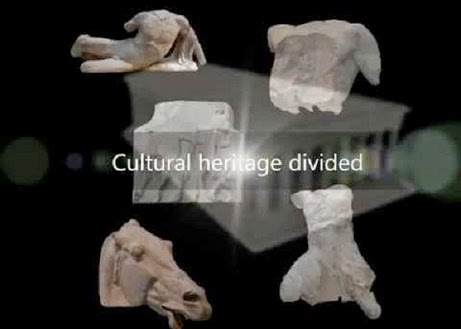Sew La Ti Embroidery:
hope
Bureaucracy in action

Unique Cultural Center [Ávila, Spain]
![Unique Cultural Center [Ávila, Spain]](https://blogger.googleusercontent.com/img/b/R29vZ2xl/AVvXsEg0vpvvCZ3fRhe8AcjShPKwlbp8rx4wnIf8ZPJXsCFqvAhqoEvrnsx8ef1GkCuzsLHepJ1OUboIsAW9C1bUE5IORyZS2mCe8PYCiE7DZw5Ypo3niKFesoGLdpESn9XpW4CjyuQ7ZnAtJaM/s800/Unique-center.jpg)
How to Select an Industrial Vacuum Cleaner?

Heritage: Valley of Thracian Kings keeps its secrets

South Asia: Looted Indian statue recovered

Near East: UNESCO condemns destruction at Palmyra

North America: Archaeologists call on feds to protect Chaco Canyon area

Heritage: Africa's ancient art to be saved, with your help

Heritage: We owe Greece a cultural debt, classicists say

Heritage: World’s most inaccessible art found in the heart of the Colombian jungle

Italy: Neutron scattering helping conserve the world’s great historic monuments

Italy: Tunnel linking gladiator school with Colosseum to be restored

Heritage: A new Zimbabwe site on the World Heritage List?

Near East: Islamic State in control of Palmyra ruins
More Stuff: Is Greece about to lose the Parthenon Sculptures forever?

Iraq: Digitising Iraq’s cultural heritage

Lebanon: The archaeology of conflict-damaged sites

Travel: Replica of prehistoric Chauvet cave opens

Peru: 600-year-old geoglyph destroyed in Trujillo

North America: NY authorities seek custody of stolen artifacts worth over $100 million

